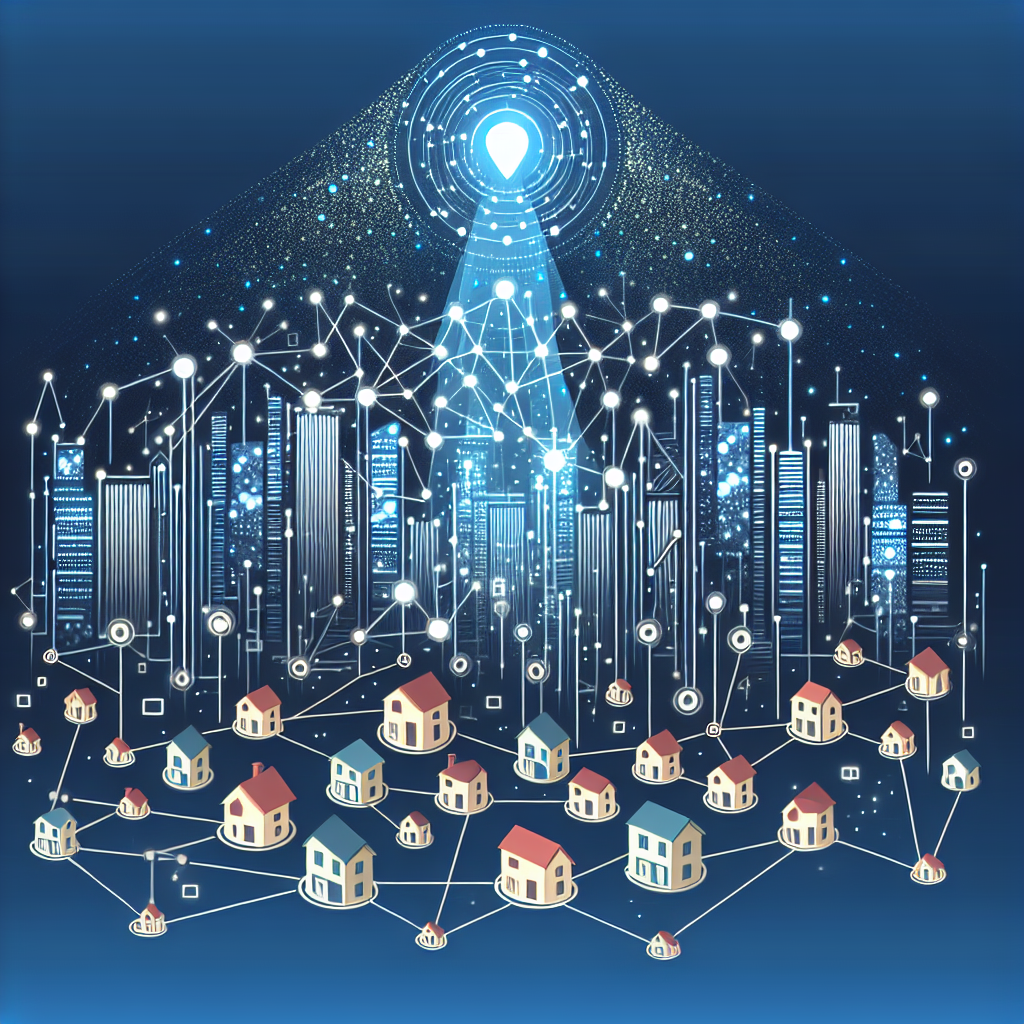Artificial Intelligence (AI) has been revolutionizing various industries, including nonprofits, by transforming the way they engage with marginalized communities. Nonprofits have long been working towards addressing the needs of marginalized populations, such as low-income families, homeless individuals, and refugees. However, the traditional methods of engagement and outreach have often been limited in their effectiveness due to resource constraints, lack of data-driven insights, and barriers to communication. AI technology has the potential to overcome these challenges and enable nonprofits to better understand, reach, and serve marginalized communities in a more efficient and impactful way.
One of the key ways in which AI is transforming nonprofit engagement with marginalized communities is through data analytics. Nonprofits are now able to collect, analyze, and leverage large amounts of data to gain insights into the needs, preferences, and behaviors of the communities they serve. This data can help nonprofits identify trends, patterns, and gaps in services, enabling them to tailor their programs and interventions to better meet the needs of marginalized populations. For example, AI-powered analytics can help nonprofits identify areas with high rates of food insecurity, enabling them to target their food distribution efforts more effectively.
AI technology also enables nonprofits to engage with marginalized communities through personalized communication and outreach. By using AI-powered chatbots, nonprofits can provide real-time support and information to individuals in need, such as connecting them to resources, answering questions, and offering emotional support. This personalized approach can help build trust and rapport with marginalized communities, leading to more effective engagement and support.
In addition, AI is transforming the way nonprofits fundraise and mobilize resources for marginalized communities. AI algorithms can analyze donor data to identify potential supporters, target fundraising campaigns to specific audiences, and optimize donation processes for maximum impact. This can help nonprofits raise more funds, increase donor engagement, and ultimately, support more marginalized individuals and families.
Furthermore, AI technology is being used to improve the efficiency and effectiveness of nonprofit programs and services for marginalized communities. For example, AI-powered predictive analytics can help nonprofits forecast demand for services, anticipate community needs, and optimize resource allocation. This can ensure that nonprofits are able to provide timely and targeted support to marginalized populations, leading to better outcomes and impact.
Overall, AI is transforming the way nonprofits engage with marginalized communities by enabling them to collect and analyze data, personalize communication and outreach, fundraise more effectively, and optimize program delivery. By harnessing the power of AI technology, nonprofits can better understand and serve the needs of marginalized populations, ultimately leading to greater social impact and positive change.
FAQs:
Q: How is AI being used to collect data on marginalized communities?
A: AI technology is being used to collect data on marginalized communities through various channels, such as social media, online surveys, and mobile applications. AI algorithms can analyze this data to identify trends, patterns, and needs within the community, enabling nonprofits to make data-driven decisions and tailor their programs and interventions accordingly.
Q: How can AI improve communication and outreach to marginalized communities?
A: AI-powered chatbots and virtual assistants can provide real-time support and information to individuals in need, helping nonprofits to engage with marginalized communities more effectively. These AI tools can offer personalized communication, answer questions, connect individuals to resources, and provide emotional support, leading to better engagement and trust-building with marginalized populations.
Q: How can AI help nonprofits fundraise for marginalized communities?
A: AI algorithms can analyze donor data to identify potential supporters, target fundraising campaigns to specific audiences, and optimize donation processes for maximum impact. This can help nonprofits raise more funds, increase donor engagement, and ultimately, support more marginalized individuals and families through their programs and services.
Q: How is AI being used to optimize program delivery for marginalized communities?
A: AI-powered predictive analytics can help nonprofits forecast demand for services, anticipate community needs, and optimize resource allocation for marginalized populations. By using AI technology, nonprofits can ensure that they are providing timely and targeted support to marginalized communities, leading to better outcomes and impact for the individuals and families they serve.

